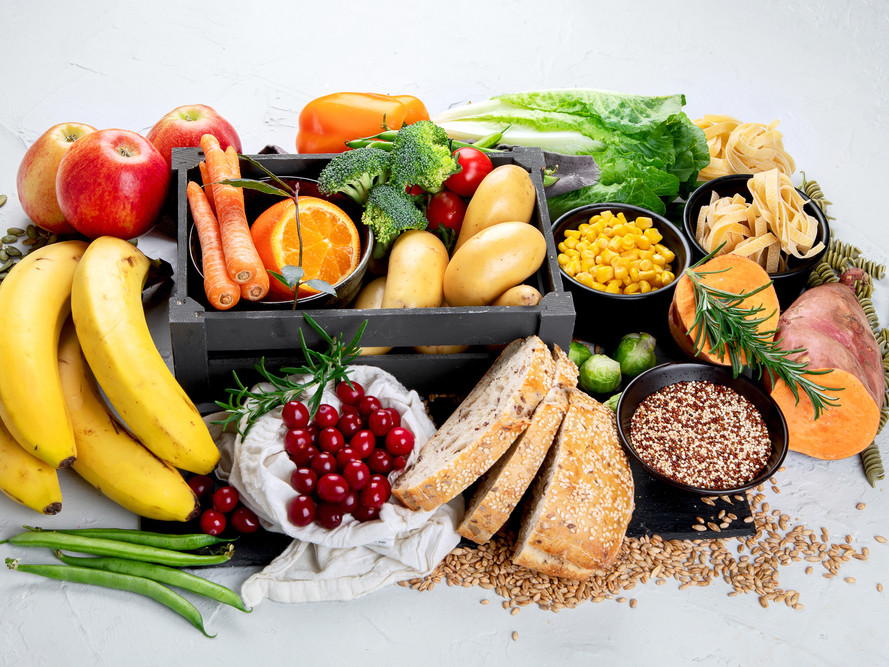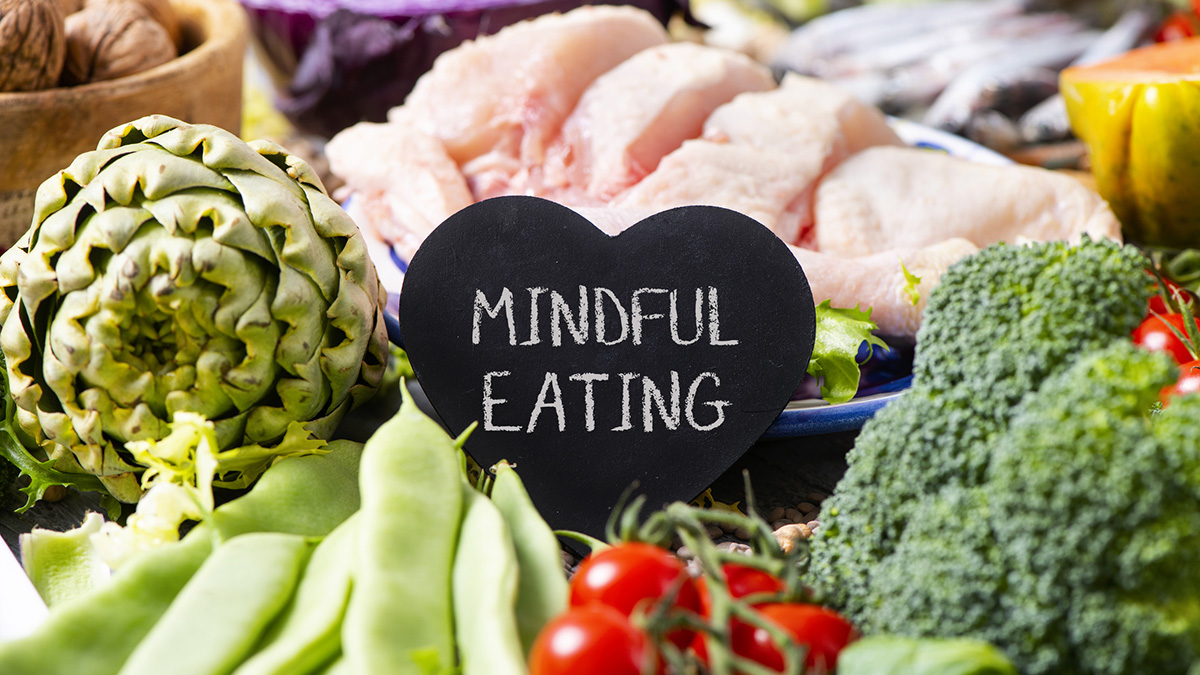Here are a few easy rules to bear in mind while deciding between thoughtless and more focused eating. mindful eating habits for better health thoughtfully as we do on retreat or in a mindfulness training is not feasible for many of us, especially given our families, careers, and the numerous distractions around us. Not to mention that our friends, family, and coworkers may not be patient enough to eat with us since we take five minutes for each meal. Practice self-compassion and mindful eating on retreats and special events, as well as in regular life.
I propose "informal" mindful eating, which differs from official mindfulness. Especially amid the stress and excess food of the holidays, from Halloween to New Year's, we are more prone to consume mindlessly than deliberately. Here are six basic suggestions to help us distinguish between thoughtless and (more) mindful eating and reconnect our bodies and thoughts.
What Is Mindful Eating Habits For Better Health.
Mindful eating, also known as mindful eating, is the discipline of paying complete attention to your food, moods, hunger, and satiety indicators. It is about eating mindfully, using all of your senses, and observing your responses, feelings, and bodily signs like as hunger or fullness.
Incorporating mindful eating habits into our daily routine entails more than just eating slowly or choosing healthier meals; it also entails cultivating a more personal and conscious relationship with our food. We may increase our well-being and happiness by learning to eat slowly and more deliberately.
Read also:
Strategies for Mindful Eating

Mindful eating helps people make healthier food choices and create habits that enhance both their physical and emotional health. Here are six mindful eating techniques to help you start eating mindfully:
Allow Your Body To Catch Up With Your Head.
Eating swiftly after you're full and rejecting your body's signals, as opposed to slowing down and quitting when your body indicates it's satisfied.
Slowing down is one of the most effective strategies to encourage our minds and bodies to express what we actually require for nourishment. The body transmits its satiation signal around 20 minutes after the brain, which is why we frequently subconsciously overeat. Slowing down allows your body to catch up with your brain and hear the messages. Simple methods to slow down could include adopting many of your grandmother's customs, such as sitting down to eat, chewing each meal 25 times (or more), placing your fork down between bites, and all those ancient manners that may not be as meaningless as they appear.
Consider slowing down your eating habits and paying attention to your body's cues.
Understand Your Body's Particular Hunger Cues.
Are you responding to an emotional desire or your body's needs
Tuning into our body first, like with many mindfulness activities, may lead to more knowledge and insight. Listening to our bodies can help us manage our emotions, such as stress, sadness, irritation, loneliness, or boredom. Do you have a rumbling stomach, poor energy, or a sense of lightheadedness? Too frequently, we eat according to our minds rather than our body. True mindful eating involves paying close attention to our bodies' hunger cues.
Read also: Creamy Tortellini Soup Recipe
Create A Mindful Kitchen To Promote Mindful Eating.
dining alone at random vs dining with people at specific times and locations.
Another way we eat mindlessly is by strolling around looking into cupboards and eating at odd times and locations, rather than planning ahead of time for our meals and snacks. This slows us down, for starters, but it also inhibits us from acquiring good environmental signals about what and how much to eat, as well as wiring our brains for new, less-than-ideal eating cues.
Do you want to develop a habit of eating every time you get in the car or in other situations? Sure, we all nibble from time to time, but eating at predictable times and places may improve both your mental and physical health, as well as your mood and sleep routine. Yes, that includes sitting down (at a table!), putting food on a plate or dish rather than eating it directly from the container, and using utensils rather than our hands.
It also helps to dine with others since you are not only sharing and making good connections, but you are also slowing down and enjoying the food and conversation more, and we follow our signals from our dining companion rather than overeating or undereating due to emotion.
Having a conscious kitchen entails planning and caring for your cooking environment to promote healthy eating and nourishing gatherings. Think about what you bring into your kitchen and where you put things away. Are healthy foods convenient? What types of foods are in sight? When food is available, we consume it.
Understand Your Motives.
Eating emotionally pleasant meals vs eating nutritious foods.
This is another difficult balance to strike, and ideally, we can choose foods that are both nutritious and soothing. But think about that first conscious raisin. Did you find that appealing before you tried it? There are several reasons why raisin eating is such an effective practice, one of which is that when we slow down and consume good meals like raisins, we frequently appreciate them more than the tale we tell ourselves about healthy foods.
As we practice eating healthier and a wider range of meals, we become less likely to binge on our comfort foods and more likely to appreciate healthy foods, eventually finding many foods psychologically and physically gratifying rather than just a few.
Read also: Cinnamon Syrup with Brown Sugar
Develop A Deeper Connection With Your Food.
Considering the origins of food, rather than viewing it as a finished product.
Unless you are a hunter-gatherer or a subsistence farmer, we have all become increasingly distant from our food in recent years. Many of us don't think about where a meal originates from beyond the shop box. This is unfortunate since eating provides a great chance to link us more profoundly to the natural world, the elements, and one another.
When we take a moment to consider everyone involved in the meal that has arrived on your plate, from the loved ones (and yourself) who prepared it to those who stocked the shelves, to those who planted and harvested the raw ingredients, to those who supported them, it is difficult not to feel grateful and connected. As you sit down to consume your meal, keep in mind the water, soil, and other factors that contributed to its production. You might think about the cultural traditions that gave you this meal, the recipes kindly given by friends, or brought from a faraway place and time to be passed down through the family.
When you consider everything that went into the meal, it becomes easy to feel and express gratitude to all of the people who gave their time and effort, the elements of the universe who contributed their share, our friends or ancestors who shared recipes, and even the beings who may have given their lives to help create this meal. With a little more consciousness like this, we may be able to make better choices regarding sustainability and health in our food, not only for ourselves, but for the entire world.
Attend To Your Plate.
Distracted eating versus attentive eating.
Multitasking while eating is a formula for being unable to fully listen to our bodies' demands and desires. We've all been to the movies with our bags full of popcorn, and before the show is done, we're wondering who ate all of our popcorn. When we are preoccupied, it is difficult to listen to our bodies' cues regarding food and other demands. With your next meal, try single-tasking and just eating, with no screens or distractions other than enjoying the folks you're having a meal and conversation with.
So, while formal mindful eating practices may come to mind when we think of a mindfulness training or retreat we attended, the fact is that we live and eat in the real world, which is hectic. However, we may apply the insights learned from our formal practice- slowing down, listening to our body, doing one item at a time, creating tiny rituals, and examining everything that went into our meal on a more frequent basis- to bring more informal mindfulness to our everyday meals.
Also read: Ritz Cracker Casserole with Broccoli




